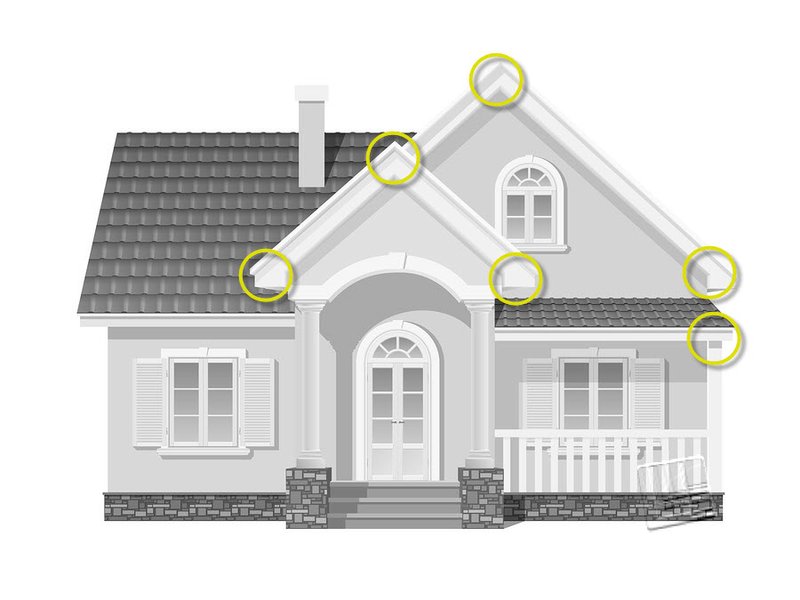Trap Placement
Trap placement depends on your current situation. Because carpenter bees are relatively predictable creatures, we can determine the best location for the traps before they start making holes in your home.
If you have an existing carpenter bee infestation, we recommend plugging up the holes before hanging the trap. Carpenter bees are highly territorial and will chase away other carpenter bees from the area they nest in. If you place a carpenter bee trap by an existing nest the carpenter bee male will make your trap highly ineffective. Once the holes have been covered up though, we recommend hanging our traps directly over any carpenter bee nests that are plugged up. When the carpenter bees realize their nest is gone, they will search for a new easy nest to make...AKA the trap! For convenience of this method, there are two holes in the trap roof to screw the trap directly to your structure.
If you do not have an existing infestation, you'll want to be strategic in your placement of the traps. Best results occur when traps are placed at the corners and peaks of buildings and hung with the provided wire hanger. It is not recommended to hang a trap under a rafter as the bees are less likely to see the hole. Also to note is their preference to the sunny side of your structure as carpenter bees are attracted to warmth.

If at first you see carpenter bees flying around but not going into the trap, don’t panic! Sometimes it can take a couple days for the traps to attract the carpenter bees. But once a trap catches one it will be smooth sailing as the pheromone from the dead carpenter bee is released.
If you want to leave the traps up all year round, by all means go ahead. There is certainly no harm in that. However it isn't necessary. Carpenter bees are active in the spring when they are mating and building nests. After their nests have been constructed and the eggs laid, the adult bees die. The larva grows in the nests and emerges in spring to continue the cycle. Once the warm weather is gone there will be no need for the traps to be out. So as long as the traps are out with spring and away in the winter, the traps will be doing their job.
For additional tips and tricks for our carpenter bee solution, visit our learn more page.